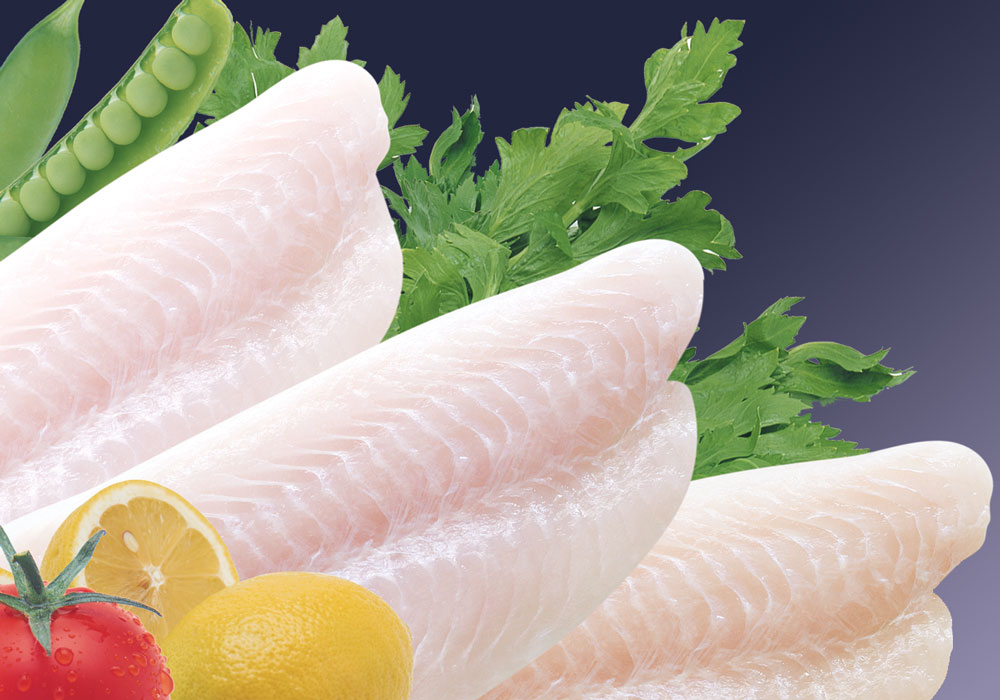
(Hung Ca News)
According to The Central Bank of Spain, in third quarter of 2013, this country’s GDP has risen by 0.1% in comparison with the second quarter of 2013, marked the first quarter that have GDP rising of the past 9 quarters. In second quarter of 2013, Spanish economy’s recession for 2 years has been stopped, thanks to the growth of exports. However, this country’s economy still faces the difficulties of poor domestic demand.
According to the statistics from International Trade Center (ITC), In the first 7 months of 2013, Spanish frozen pangasius imports (code HS0304) has reached 110,600 tone of which almost import is from Vietnam, then Namibia, China. However, there are declining volumes of frozen pangasius exported from these 3 markets to Spain.
In 2012, Spain pangasius imported around 35,600 tones, accounting for 20% of total EU pangasius imports, in which is 95% frozen fillet and 5% fresh fillet. This is also the first year the Spanish has imported Vietnamese fresh pangasius fillet.
The average price of Spain pangasius imports in January of 2012 was 2.12 euro/kg and rose to 2.18 euro/kg in February but it dropped then and reach at 1.73 euro/kg in December. Not only Spain but also many countries in EU have the same problem. Nevertheless, the average price of Spain pangasius imports was much lower than many big markets else in EU. In detail, the average price of Spain pangasius (fresh and frozen) imports in 2012 was 1.98euro/kg, lower than Germany 2.38 euro/kg, Netherland 2.29 euro/kg, England 2.66 euro/kg and Italy 2.14 euro/kg and just only higher than Polland 1.65 euro/kg.
In recent years, Spanish Seafood Associations has launched many smear campaigns to pangasius. Although the food trade service system and retailers kept buying pangasius but public food service system especially in sensitive segments such as schools did not consume much pangasius. Hence, it is necessary to promote to Spanish market about the pangasius which was raised in a steady and safe environment.
According to ITC’s statistics, in the first 7 months of this year, in frozen fish fillet goods market ( code HS0304), Spain has imported mostly hake, followed by pangasius and Alaska Pollock. Presently, fish consumption in Spain is declining while the processed and frozen fish is more preferred by the consumers due to low price.
With this consuming trend, pangasius is one of the first choice of the consumers. Besides that, Spanish economy is slowly recovering in the short-term so the food service system will focus discounts. This will be an advantage for the white fillet fish like pangasius, Alaska pollock and hake. Therefore, considering about the competitive price compared with the other white fillet fishes, pangasius can gain the better market share of Spanish market despite the smear campaigns.